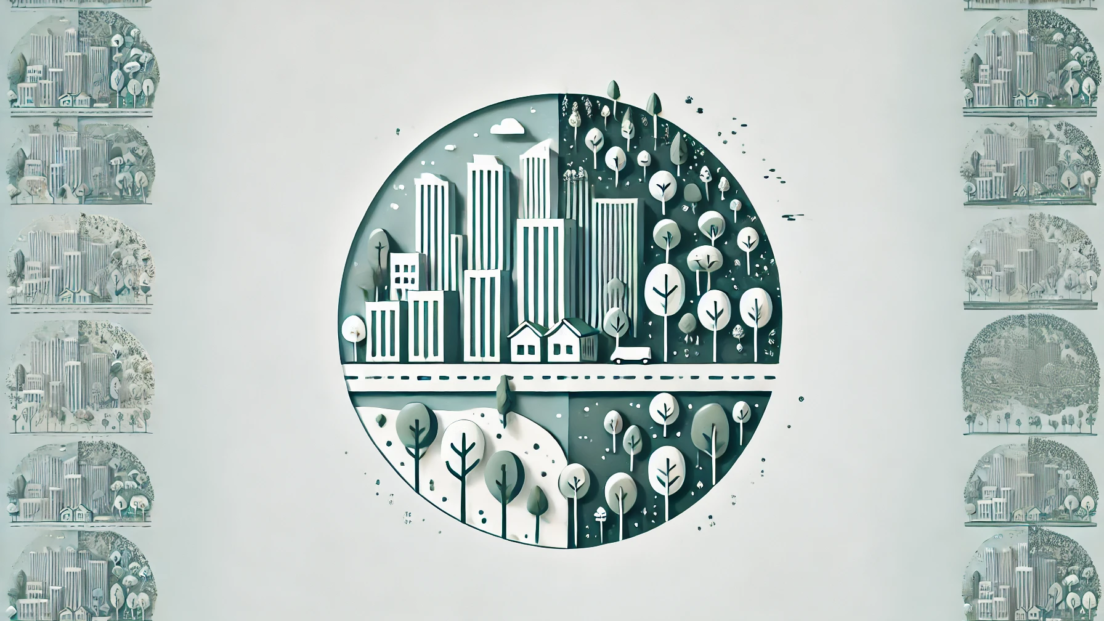Cities have many times more tree species than forests

A new study by WSL reveals that Swiss cities, with over 1,300 tree species, have a higher biodiversity than the surrounding forests. However, this diversity poses the risk of invasive forest pests, necessitating increased monitoring in urban areas.
A group of WSL researchers led by Benno Augustinus have studied the tree populations in 26 Swiss cities and their surrounding forests. According to a WSL press release, the study revealed an enormously high species richness in the cities with over 1,300 tree species. In contrast, only 76 tree species were identified in the surrounding forests. While cities are perceived as species-poor and forests as species-rich, the opposite is actually the case, according to Augustinus in the press release.
According to the researchers, the high biodiversity in cities could be a gateway for invasive forest pests. Potentially dangerous introduced forest pests – so-called quarantine pests – find more potential hosts among the many tree species in the cities than in the forests. In order to protect the forest, it is therefore necessary to search for pests in the cities in particular, according to the press release.
“It helps a lot if the population also keeps their eyes open for diseased trees,” Augustinus is quoted as saying. He recommends relying on the expertise of forestry companies when greening cities. In this sense, the WSL study “can also be interpreted as a call for more cooperation between foresters and urban green managers”.